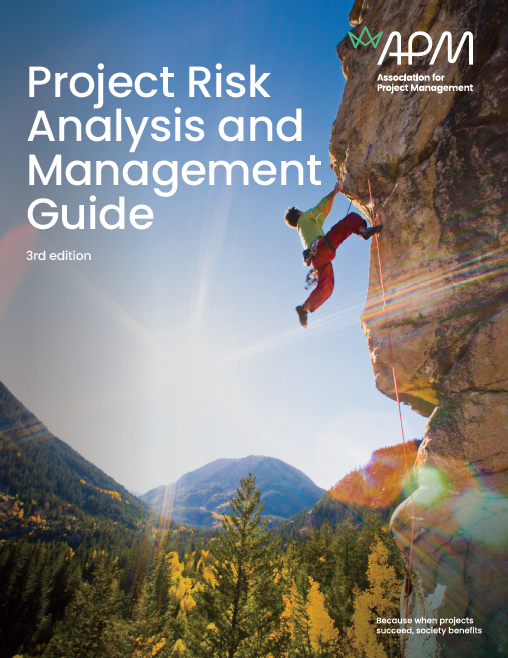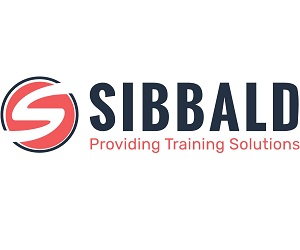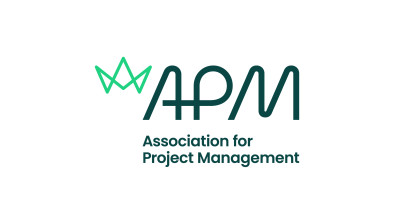APM launches updated risk guide for built environment

The Association for Project Management (APM), the chartered membership organisation for the project profession, has released the third edition of its Project Risk Analysis and Management Guide – an advanced and practical resource to equip project professionals with the latest strategies for managing uncertainty.
Building upon the second edition, this new version integrates data analytics, decision-making psychology, agile methodologies and sector-specific risk management. Whether an established expert in risk management or new to the field, professionals will find the Project Risk Analysis and Management Guide to be a versatile and practical framework for navigating the complexities of today’s dynamic project landscape.
Jackie Martin, director of education and lifelong learning at APM, said: “Project uncertainty is no longer an occasional challenge – it’s a constant reality. From geopolitical shifts to economic instability and rapid technological advancements, today’s projects must be built on resilience and risk intelligence.
“The third edition of our Project Risk Analysis and Management Guide equips professionals with data-driven strategies, cognitive bias mitigation techniques and sector-specific methodologies to help them stay ahead of emerging risks. This is more than just a guide – it’s a roadmap to embedding proactive risk management into project success.”
The edition reflects the evolving risk landscape, providing tools and frameworks that enable proactive rather than reactive risk management. It also includes:
- Expanded Quantitative Risk Analysis (QRA) coverage, featuring data analytics, AI-driven risk forecasting, and Monte Carlo simulations
- New insights on managing VUCA (Volatility, Uncertainty, Complexity, Ambiguity) risks in global project environments
- In-depth exploration of cognitive biases in risk decision-making, with techniques to improve judgment and forecasting
- Sector-specific risk strategies for nuclear, aviation, infrastructure, and oil & gas projects
- Agile and iterative risk management approaches for fast-moving, modern project delivery
- Enhanced risk governance and maturity models, helping organisations assess and strengthen their risk culture
Whether developing a foundational understanding of risk management, applying industry-specific methodologies or transitioning into a specialised risk role, professionals will find the guide to be an authoritative resource, offering the latest research-backed tools for success.
Carillion case study – failure on a grand scale
Carillion, a major UK multinational construction and facilities management company, went into liquidation in January 2018. Though sudden, the failure was not unexpected. Carillion had projected strength but had liabilities of nearly £7bn with just £29m in cash. As a major strategic supplier of outsourced services to the UK public sector, it held around 450 construction and service contracts across government at the time of its collapse.
The company expanded beyond construction into facilities management, largely through acquisitions that also removed competitors. In 2014, it failed to merge with Balfour Beatty, which dismissed claims of £175m in cost savings. Balfour Beatty was right to be sceptical. For example, Carillion’s purchase in 2011 of renewable energy firm Eaga resulted in £260m losses despite Eaga’s prior profitability. Carillion was also refusing to commit further funds to plug a pension deficit of £605m. Essentially, problems were being stored up for the future.
Carillion’s acquisitions lacked a coherent strategy and failed to generate synergies or higher profits. Funded through debt, these takeovers further strained its pension schemes. Foreign expansions were driven by optimism and market dominance rather than strategic advantage or expertise. Directors blamed a few bad contracts but unrestrained growth made failure inevitable, leaving employees, pensioners, clients and suppliers to suffer the consequences.
With projects becoming more complex, relying on AI, automation and global collaboration, risk professionals must stay ahead of emerging threats. The third edition of APM’s Project Risk Analysis and Management Guide will help project professionals anticipate risks, manage stakeholder expectations and embed resilience into every phase of project delivery.
Co-authored by leading risk experts from industries including infrastructure, defence, finance and energy, the guide aligns with international best practices such as ISO 31000:2018, PMI’s PMBoK, and the UK’s HM Treasury Orange Book.
The third edition of the Project Risk Analysis and Management Guide is available in print and digital formats. To order a copy or learn more, visit here.





















